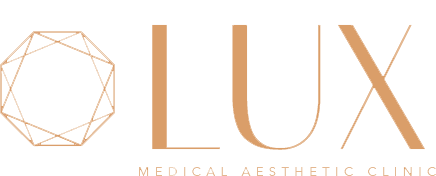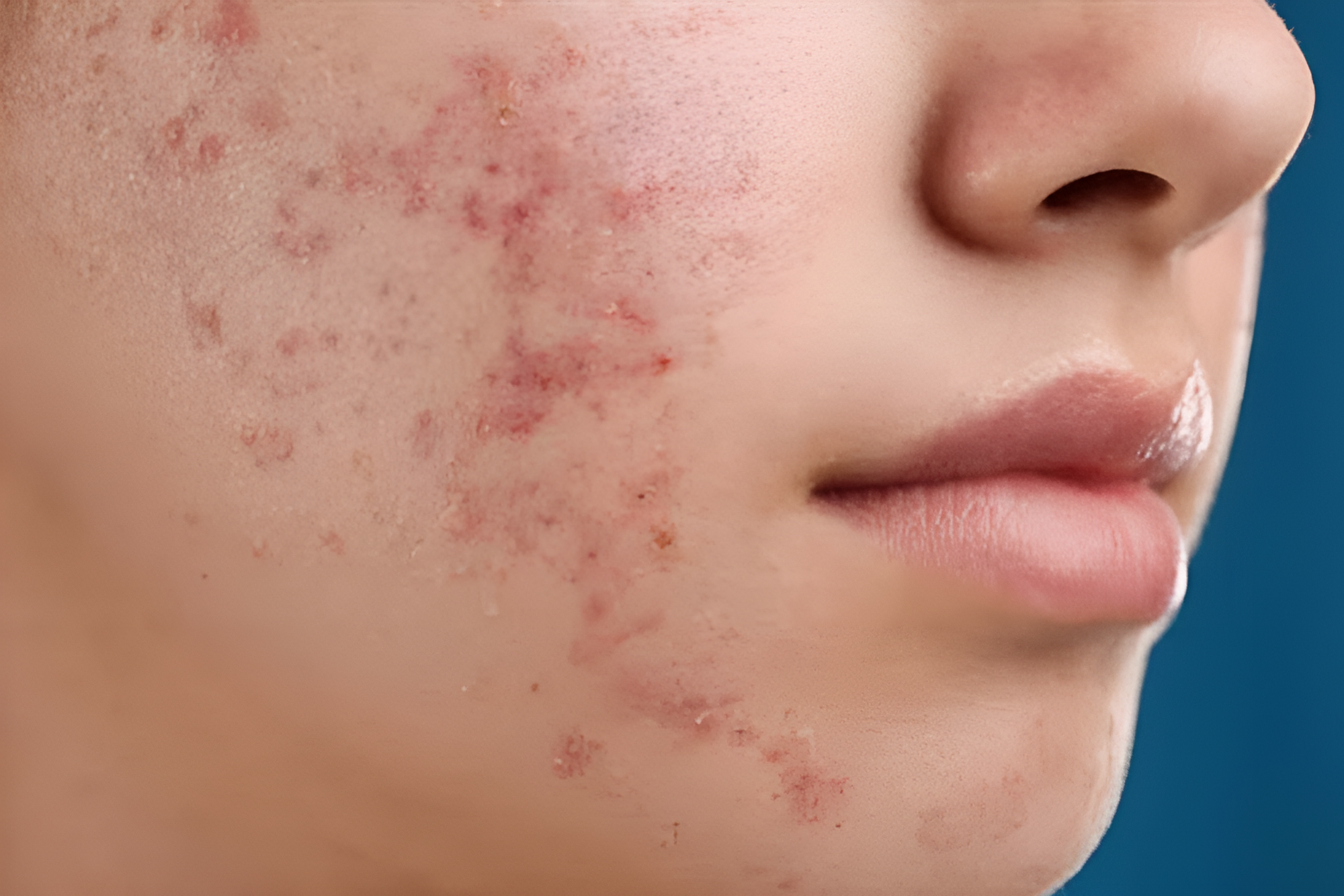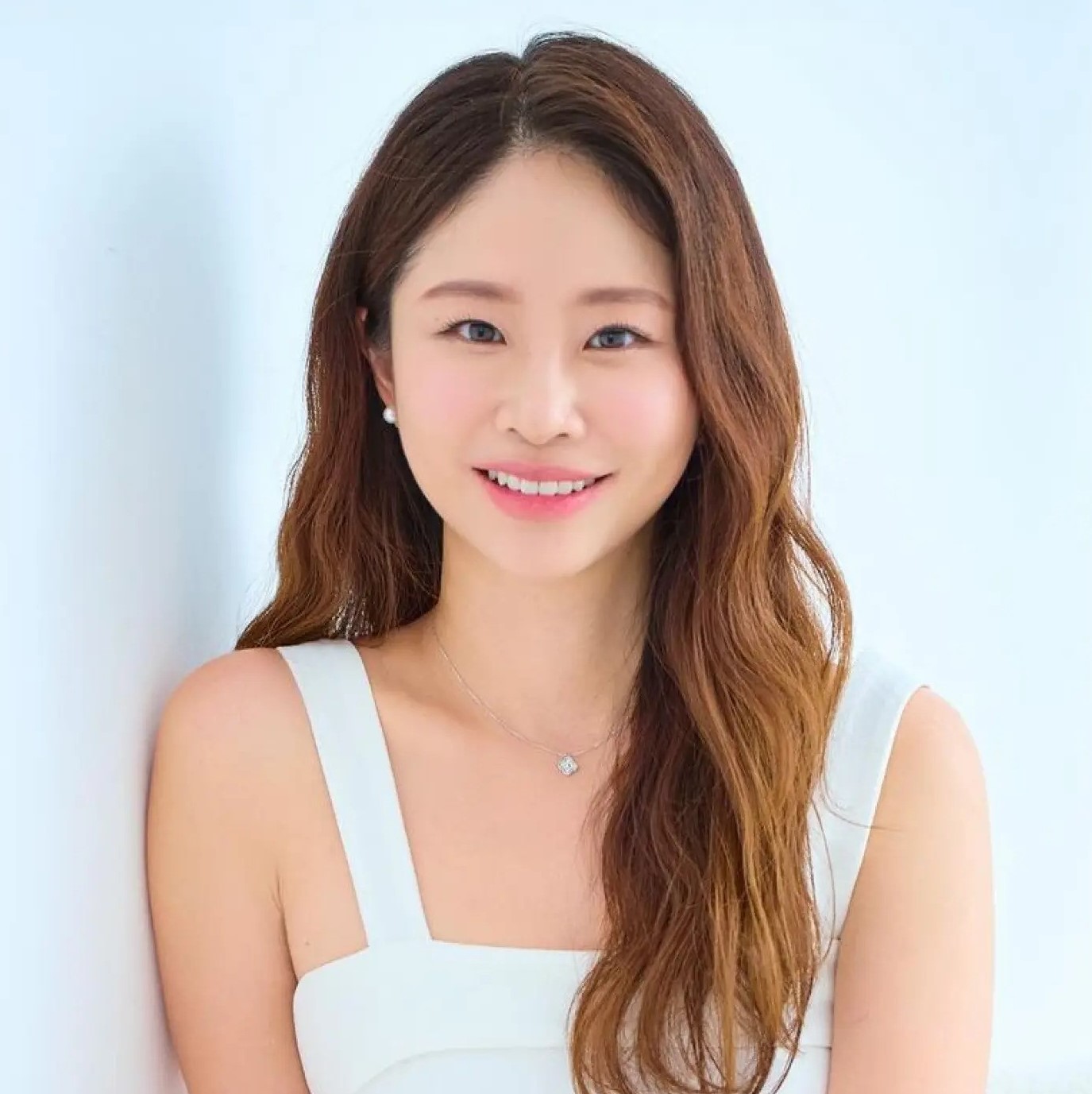
One of the most common skin issues affecting teens and adults is forehead acne. This skin condition is influenced by various factors, including lifestyle choices, genetics and hormonal changes.
Fortunately, managing acne through lifestyle adjustments and proper skin care can help minimise its impact. So, without further ado, let’s explore what causes forehead acne and look at the many ways to treat and prevent it.
What is Forehead Acne?
Forehead acne is a common type of skin concern, ranging from mild to severe. It occurs when pores become clogged with oil and dead skin cells. Combine that with bacteria that naturally occur on the skin, and you will have the perfect environment for acne to form.
Forehead acne can appear in several forms and of varying severity. One of the most common types of acne is comedonal acne (blackheads and whiteheads). They are usually non-inflammatory, appearing as small bumps.
Papules present as raised red bumps less than a centimetre wide, which can indicate inflammation. Lastly, pustules are inflamed bumps containing pus, giving it a white or yellow centre.
Symptoms of Forehead Acne
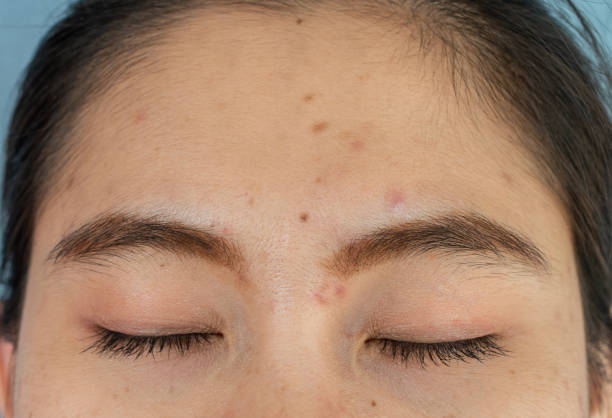
Symptoms of forehead acne often include red, inflamed bumps, tenderness or clusters of small, flesh-coloured or white bumps along the hairline or across the forehead. In more severe cases, pustules may form, causing more noticeable breakouts.
Factors like stress, hormonal changes, or specific makeup and hair care products can influence oil production, contributing to the formation of acne. The forehead is also part of the ‘T-zone,’ an area known for higher oil production. Its location makes it more susceptible to acne.
Causes of Forehead Acne
A combination of internal and external factors may result in forehead acne. Identifying these causes makes finding the right medication and treatment methods possible. Here are some main contributors to forehead acne flare-ups:
- Sebum overproduction. Due to the excess oil the forehead skin produces, pores may clog and create the perfect condition for acne to develop.
- Hormonal fluctuations. Stages such as puberty, menstruation or heightened stress bring hormonal changes, which can increase oil production and lead to breakouts.
- Certain makeup, skincare and hair care products. Certain oils and ingredients are used in makeup, skincare, and hair care products. In addition, sweat and oil can be trapped against the skin as hair frequently rests on the forehead.
- Lifestyle factors. Habits that lead to possible breakouts include high stress, poor diet, inadequate hydration and inconsistent skincare routines.
- Environmental factors. Pollution and sweat buildup from physical activity can result in dirt-clogged pores, increasing the likelihood of forehead acne.
Types of Forehead Acne and How to Identify Them
There are distinct characteristics for different types of forehead acne. Recognising them allows you to identify your skin concerns and guide you about appropriate treatments.
- Blackheads and whiteheads. These are non-inflammatory types of acne. Due to oxidation, blackheads can appear dark on the open surfaces, while whiteheads are present as small white or flesh-coloured bumps.
- Papules and pustules. Due to inflammation, these appear as red bumps and may be sore to the touch. Papules lack visible pus, while pustules have a white or yellow centre, often indicating bacteria within the pores.
- Cysts and nodules. These are deeper, more severe forms of acne under the skin’s surface. Nodules are firm, large and painful, while cysts are softer and filled with pus. Both types carry a higher risk of scarring and usually require specialised treatments.
Daily Care and Lifestyle Adjustments to Prevent Forehead Acne
Implementing lifestyle changes and the right skin care regimen can help prevent forehead acne. A healthy routine and mindful food choices may also help reduce breakouts. Here are additional tips for controlling forehead acne:
1. Consistent cleansing
Start with a gentle facial cleanser. Cleanse twice daily to remove impurities, makeup, dirt and excess oil. Avoid products with harsh chemicals to maintain the skin’s natural moisture and lessen irritation from skin-drying chemicals.
2. Use non-comedogenic products
Choose skincare and makeup products with non-comedogenic labels. These products help clear your skin and clear blocked pores.
3. Hair care awareness
Avoid using oily or heavy styling products, as these clog pores and cause breakouts when transferred to the skin. If prone to forehead acne, keep your hair off the forehead.
4. Hydration and a balanced diet
Drinking enough water and eating a balanced diet can help reduce acne breakouts. Consume foods rich in vitamins A and C, as well as in zinc, to support healthy skin. Remember to limit the consumption of processed foods and sugars, which can contribute to acne flare-ups.
5. Stress management
Repeated and prolonged exposure to stressful situations can disrupt your hormones and trigger acne. Regular exercise, meditation and good sleep can help balance hormones. This mindful practice helps reduce the risk of forehead acne.
Treatment Options for Forehead Acne
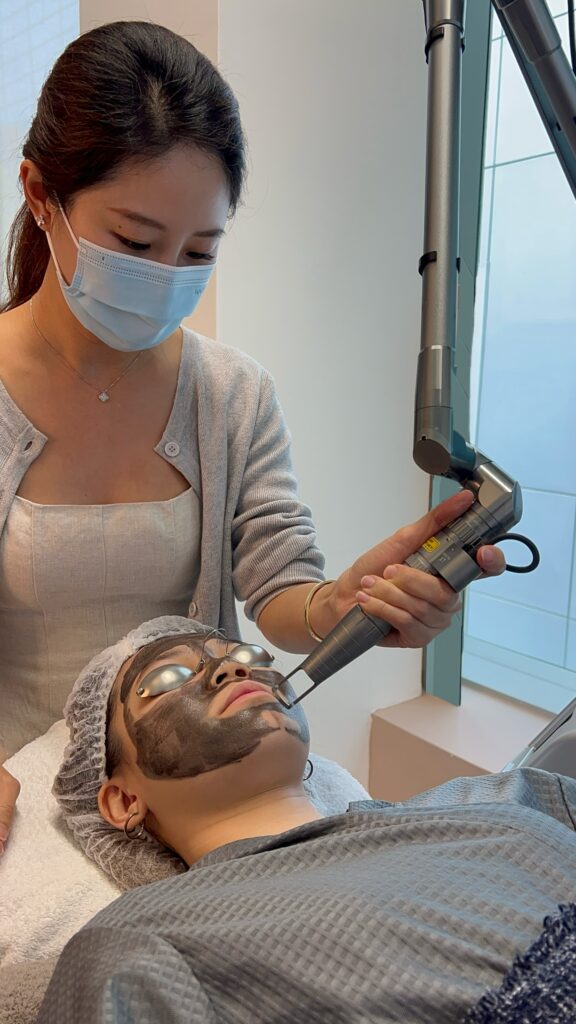
The available treatment methods for forehead acne depend on the type of acne you have and the extent and severity of the skin condition. From over-the-counter (OTC) solutions to professional treatments, several options for treating acne are available to help manage your skin’s needs.
Over-the-Counter Treatments
Over-the-counter products can be a good way to start treating forehead acne for mild to moderate cases. These include options for controlling oil, clearing pores and reducing bacteria on the skin. Here are your options to treat forehead acne:
- Salicylic acid. Salicylic acid, a type of beta hydroxy acid, helps manage excess oil and dissolves dead skin cells, clearing up pores and preventing them from clogging. It is used to address blackheads and whiteheads due to its exfoliating properties. It’s generally well-tolerated in formulations of 0.5 to 3%, though users with sensitive skin may need to start with lower concentrations.
- Benzoyl peroxide. Benzoyl peroxide targets bacteria associated with acne and can help reduce inflammation. It’s available in concentrations from 2.5 to 10%. To avoid experiencing a drying effect, start with a lower concentration and monitor for irritation.
- Retinoids. Retinoids like adapalene and tretinoin help increase skin cell turnover to prevent pores from becoming clogged. They also reduce mild post-acne marks over time. Retinoids need consistent use for several weeks to show results, making them ideal for those seeking long-term benefits.
- Azelaic acid. Azelaic acid has antibacterial, anti-inflammatory and moderate exfoliating properties, which can help reduce acne-related pigmentation. It is generally suitable for sensitive or mixed skin types.
- Natural alternatives. Some over-the-counter products contain natural ingredients like tea tree oil or aloe vera. Tea tree oil has mild antibacterial properties, and aloe vera is often included for its soothing and anti-inflammatory effects. However, these may be less effective in treating moderate to severe forms of acne.
Prescription Treatments
For persistent or severe forehead acne, prescription treatments provide stronger options. Your healthcare provider will tailor the treatment using different medications based on the acne type you’re dealing with.
- Topical retinoids. As mentioned, prescription retinoids promote rapid skin cell turnover. This category includes medications such as adapalene and tazarotene. Initial dryness or irritation may occur after application, so a gradual introduction is recommended. Regularly applying moisturiser and sunscreen helps clear pores and manage skin irritation.
- Topical or oral antibiotics. Topical and oral antibiotics, such as benzoyl peroxide and clindamycin, help reduce bacteria and inflammation related to forehead acne. Prescribed by healthcare professionals, oral antibiotics are generally used for limited periods to treat acne in moderate to severe cases.
- Hormonal treatments. Birth control pills or anti-androgen medications can be used to help treat acne issues. These treatments regulate hormone levels and benefit women with cyclical acne flare-ups.
- Isotretinoin. This oral retinoid is reserved for severe, medication-resistant facial acne that hasn’t responded to other treatments. Isotretinoin is prescribed for severe acne to regulate oil production under medical supervision.
However, it requires careful medical supervision due to potential side effects, including dryness, sensitivity and liver issues. Regular blood tests and consultations are necessary while on this treatment.
Chemical Peels
Chemical peels use exfoliating solutions to clear dead skin cells. Peels come in different strengths, from light to medium depth. Deeper peels are usually for acne scars and are done under professional supervision.
Laser & Light Therapy
Laser and light therapies penetrate deep into the skin to help reduce forehead acne. The combination of Carbon laser treatment with IPL and Hydrafacial cleanses the skin, targets bacteria and reduces inflammation.
Acne Extraction
Trained aestheticians can extract acne by using sterilised tools. This procedure helps clear comedonal acne, such as blackheads and whiteheads. It also prevents acne patients from being exposed to the risks of infection and scarring from risky home extraction.
When to Seek Medical Help
Managing mild forehead acne at home can be easy. However, certain signs can indicate a need for professional advice. Knowing when to seek medical help can prevent acne from getting worse and avoid long-term scarring.
Mild to Moderate Acne
Over-the-counter products and lifestyle changes can usually manage mild to moderate acne conditions. This includes a consistent skincare routine, better stress management and consumption of a balanced diet. Professional aesthetic or medical care may not be needed if you notice improvement with at-home treatments.
Severe Acne or Scarring
Consult a skin expert if your acne is cystic or painful or leaves scars. Severe cases often need prescription treatments. In-clinic options can be applicable to manage acne and minimise scarring with the help of procedures such as chemical peels or laser therapy.
Persistent Breakouts
If you’re following a diligent skincare routine and making lifestyle changes but still seeing little improvement after a few months, it may be time for an evaluation with a doctor. An aesthetic practitioner can provide targeted treatments tailored to your skin’s needs to help you achieve better results.
If you’re experiencing forehead acne or other skin issues, contact Lux Medical Aesthetic Clinic for a consultation. Consulting a qualified doctor or aesthetic practitioner can help identify tailored treatments for skin concerns.
Conclusion
Treating forehead acne can be challenging, but understanding its causes can help identify the right solution. A consistent skincare routine, products that match your skin type and making a few positive lifestyle changes can often keep mild to moderate forehead acne in check.
Professional medical treatments can give you the targeted results for more stubborn or severe cases that at-home care sometimes can’t. If you’re struggling with ongoing or severe forehead acne, it is worth booking a consultation to find treatments that fit your skin’s needs.
